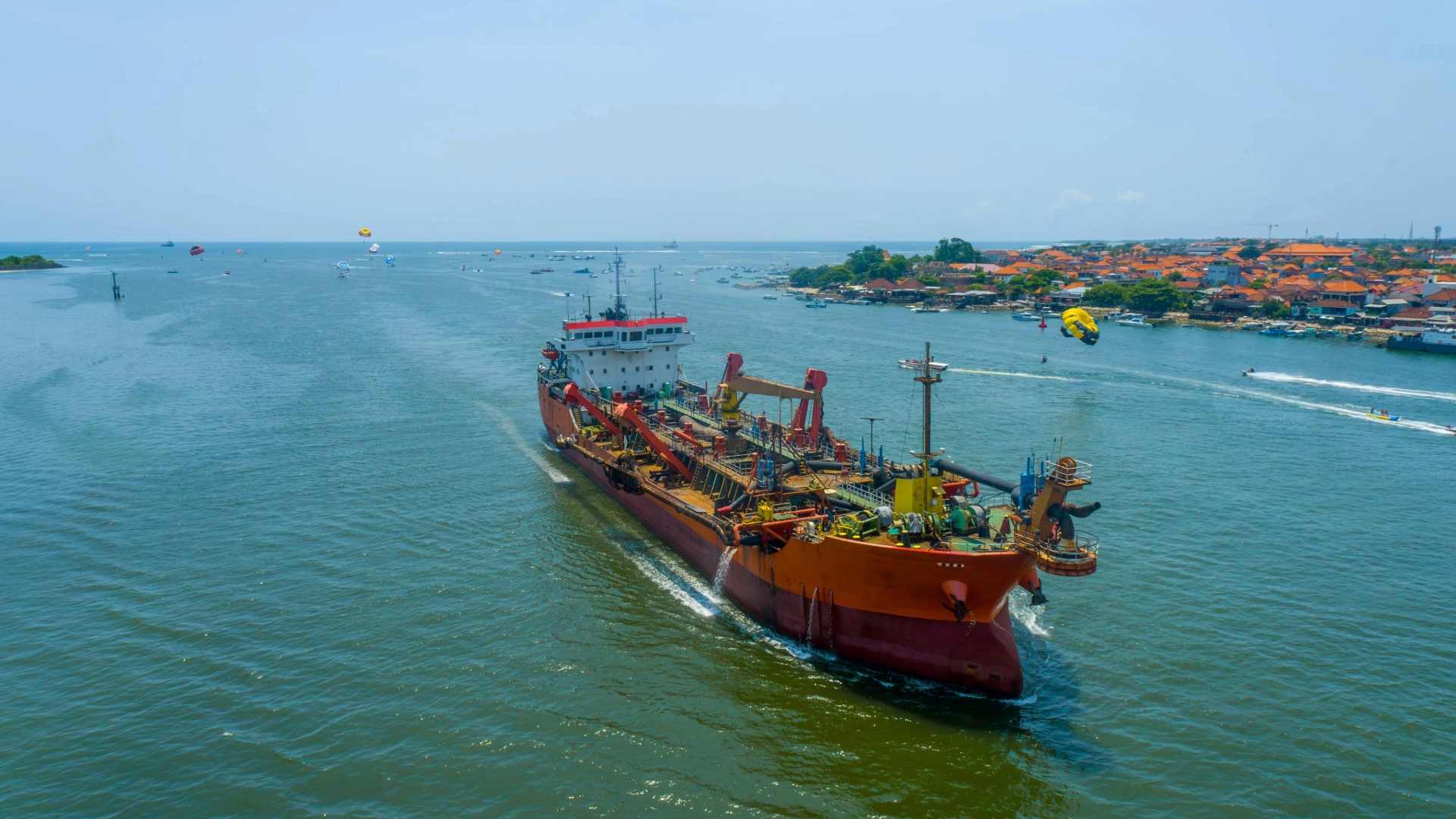Introduction
Dredging operations are scheduled to begin soon at the Maunalua Bay Boat Ramp in East O‘ahu, promising to enhance navigation and access for boaters significantly. This coastal dredging project is a much-needed initiative aimed at clearing built-up sediment that has gradually reduced the depth and functionality of the popular launching area. Once complete, the maintenance dredging effort will restore safe and efficient conditions for recreational users, commercial vessels, and emergency response operations.
The Need for Dredging
Over time, natural processes such as wave action, stormwater runoff, and sediment transport have led to the accumulation of silt, sand, and debris at the Maunalua Bay Boat Ramp. These deposits not only reduce water depth but also pose risks for vessel hulls, engines, and trailers during launch and retrieval. In some cases, low tide conditions have rendered parts of the ramp unusable, causing congestion and safety concerns for boaters.
To address these issues, the Hawai‘i Department of Land and Natural Resources (DLNR), which oversees the facility, approved a maintenance dredging plan to restore the boat ramp to its original design depth. This proactive effort ensures continued public access to Maunalua Bay—a key gateway to marine recreation and fisheries in southeastern O‘ahu.
What the Project Entails
The coastal dredging project will involve removing accumulated sediment from the boat ramp area and the adjacent basin. Specialized equipment, such as excavators and suction dredges, will be used to extract the material and relocate it to a designated disposal site approved under environmental guidelines. The work will be carried out in phases to minimize disruption to boaters and nearby residents.
Crews will carefully monitor water quality and turbidity levels during operations to comply with federal and state environmental standards. The project will also incorporate best management practices (BMPs) to reduce the risk of sediment plumes and protect nearby marine habitats, including coral reefs and seagrass beds.
Benefits to Boaters and the Community
Once complete, the dredging project will restore full functionality to the boat ramp, allowing safer launching and retrieval of vessels regardless of tide conditions. This is particularly important for recreational boaters, fishing charters, and paddlers who rely on predictable access to the water. Additionally, emergency services such as the U.S. Coast Guard and Hawai‘i Ocean Safety can respond more quickly and efficiently when the ramp is fully operational.
The project is also expected to boost local tourism and outdoor recreation by improving conditions for marine tours, diving excursions, and fishing trips that originate from Maunalua Bay. With enhanced access, businesses operating in and around the bay will benefit from increased visitor activity and reduced delays.
Environmental Considerations
Dredging in a sensitive coastal area like Maunalua Bay must be conducted with great care. Prior to starting the project, environmental assessments were conducted to evaluate potential impacts on marine life, water quality, and cultural resources. Regulatory agencies, including the U.S. Army Corps of Engineers and the Hawai‘i Department of Health, reviewed and approved the dredging plan.
To minimize ecological disturbance, the project will avoid periods of peak marine activity and spawning seasons. Protective barriers and silt curtains will be deployed around the dredging zone to contain sediments and prevent them from drifting into adjacent ecosystems.
Additionally, any dredged materials deemed suitable may be repurposed for beach nourishment or other restoration projects, rather than being sent to landfills or disposed of offshore.
A Broader Coastal Management Strategy
The Maunalua Bay Boat Ramp dredging effort is part of a larger initiative by the DLNR to maintain and upgrade marine infrastructure across the Hawaiian Islands. Maintenance dredging plays a crucial role in this strategy by preserving the functionality of boat ramps, harbors, and navigation channels, which support both public safety and economic activity.
In Hawai‘i’s island environment, where access to the ocean is vital for transport, recreation, and subsistence, keeping these facilities in good working order is essential. By investing in regular coastal dredging and infrastructure upkeep, the state ensures long-term resilience against sediment buildup, sea level rise, and climate-related impacts.
Looking Ahead
Dredging at Maunalua Bay Boat Ramp is expected to begin within the next few weeks. It is anticipated to take approximately two to three months to complete, depending on weather and tidal conditions. The DLNR will issue notices and updates to inform the public of temporary closures or reduced access during specific phases of the work.
Community engagement has been an important aspect of the project planning process. Local stakeholders, including boating associations, environmental groups, and cultural practitioners, have provided input to help shape a balanced approach that respects the bay’s ecological and cultural significance.
Once completed, the project will leave Maunalua Bay Boat Ramp safer, more accessible, and better prepared to serve the growing number of users who rely on it each year. The initiative highlights how thoughtful planning and investment in maintenance dredging can protect both public infrastructure and the natural beauty of Hawai‘i’s cherished coastal waters.
